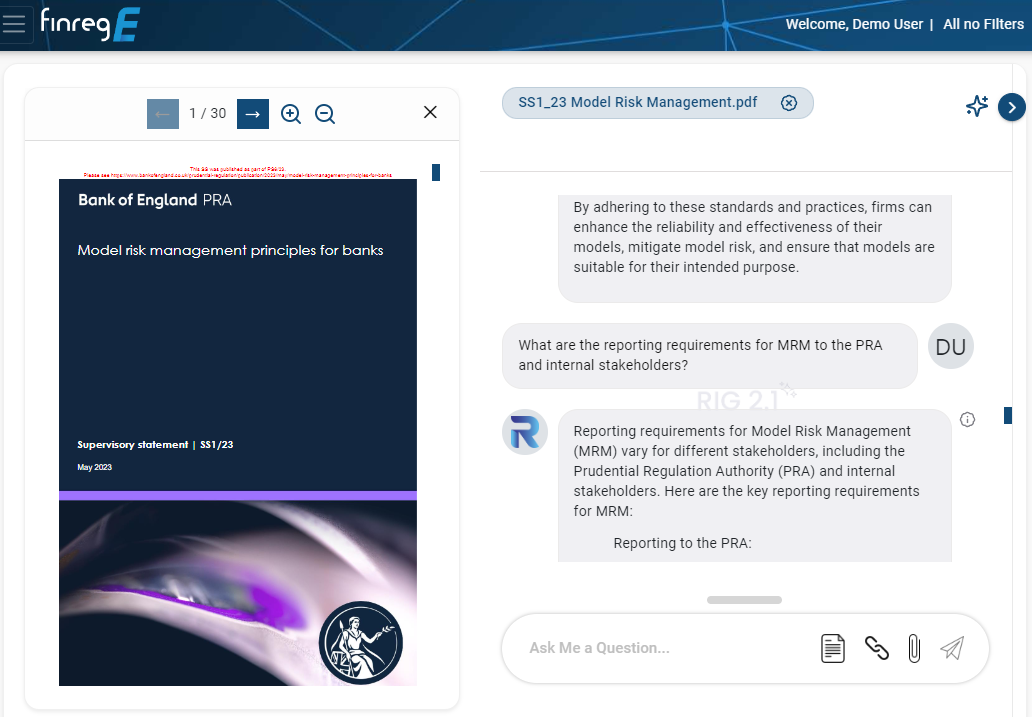All economies are dependent on their industries to ensure the financial wellbeing of their citizens, infrastructure development, and economic stability.
That said, only a few industries have the same impact on the economy as the insurance industry.
Apart from protecting individuals and businesses against financial and medical risks, the insurance industry plays a pivotal role in keeping the economy stable by financing government initiatives without the inflated interest rates of bank loans.
The importance of the insurance industry to the greater economy means it is one of the most heavily regulated industries in any economy, as regulators need to ensure the financial reserves of insurance providers are protected against bad investment decisions, fraud, financial mismanagement, and general operational risks.
To navigate this complex regulatory landscape, insurance providers need to implement complex and stringent policy guidelines across their organisation, ensuring regulatory compliance, effective risk management, and good governance.
GRC security technologies help insurance providers do all this and more.
A GRC framework aligns the informational technology infrastructure of insurance providers with their organisational goals and objectives and helps manage insurance risk while meeting regulatory requirements.
It improves organisational decision making by providing insurance providers with a holistic and integrated view of their risk assessment process.
In this post, let’s take a deep dive into how GRC security is transforming the insurance industry in 2021.
GRC security powers good governance initiatives
An effective governance programme aligns the rules, policies, ethics, resource management, accountability, management controls, and processes in line with organisational goals.
With a robust GRC security framework, an insurance provider can balance the interests of many stakeholders including policyholders, employees, top management, government, and shareholders.
This enables the implementation of procedures to reconcile conflict situations between stakeholders and the insurance provider.
Moreover, adopting GRC strategies gives more control over IT infrastructure and facilitates better oversight of underwriting and claims processes.
It aids better risk management processes
Insurance risk management is paramount to protect the financial reserves accumulated by insurer premiums. The process involves identifying, monitoring, and mitigating financial, legal, strategic, and cyber risks facing insurance providers.
To be effective, the risk management process needs to minimise the impact of negative events while maximising the impacts of positive events.
For example, insurance fraud is one of the prime risk factors facing insurance providers across all regions. Insurance providers in the USA lose more than $80 billion annually to fraudulent claims.
With an efficient GRC framework, insurance providers can identify vulnerabilities that lead to fraudulent claims and implement a more robust due diligence and investigation process to vet insurance claims. In this way, insurance providers can minimise the impact of fraudulent claims.
It helps power-efficient compliance workflows
The biggest drive for GRC is the dynamic nature of the regulatory environment—regulators are introducing new regulations and retiring older regulations at an increasing rate.
Also, many leaders in the insurance industry consider compliance risk as a significant threat to their operations, and adopting GRC frameworks can help nullify these compliance threats.
Investing in GRC aids insurance providers to eliminate inefficiencies in their compliance workflows by helping to recognise and retire redundant compliance practices, identify new regulatory requirements, and establish compliance processes in line with these requirements.
Moreover, GRC tools help insurance providers to understand what compliance guidelines pose the greatest threat and reallocate their compliance expertise and resources accordingly.
Adopting GRC strategies is the key to navigating the modern business environment
A combination of accelerated globalisation, changing consumer preferences, volatilities in the cybersecurity environment, and the dynamic regulatory landscape has made the modern business landscape a tricky place to navigate, especially for insurance providers.
To succeed, insurance providers need to invest in GRC strategies to facilitate good governance, better risk management, and regulatory compliance.


